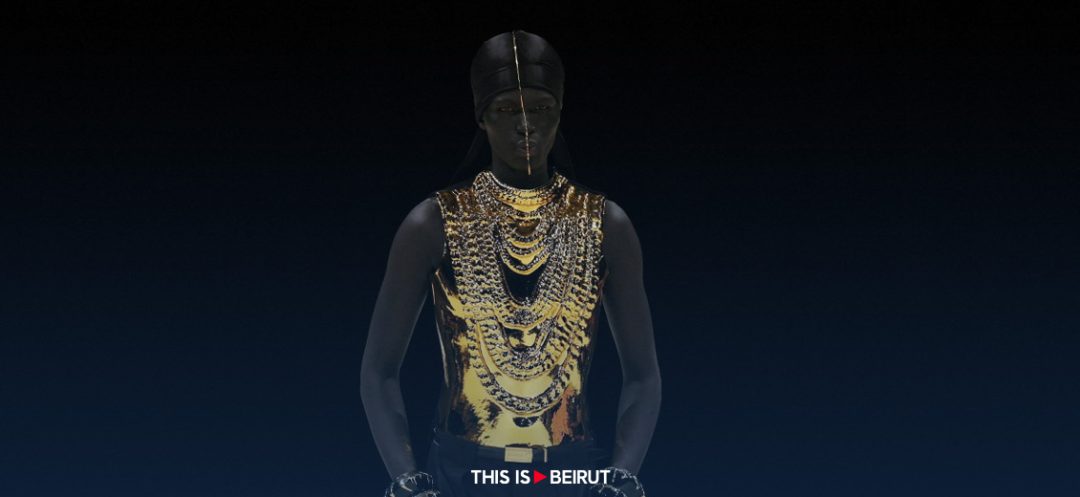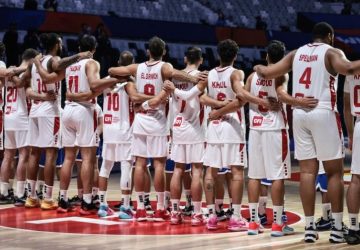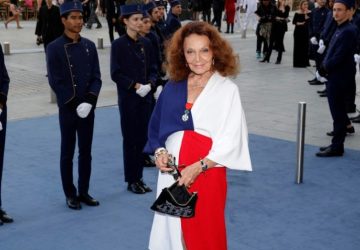Listen to the article
Paris Men’s Fashion Week, a beacon of global fashion trends, concluded, marking another chapter in the city’s illustrious legacy as the commercial and artistic heart of haute couture. This year’s event, while not particularly risky in its fashion statements, confirmed Paris’ status as an epicenter of creative and commercial prowess in the fashion world. From the haunting strangeness of Rick Owens to the vibrant celebration of African heritage by Balmain, the week was a showcase of stylistic diversity, albeit with a preference for the safer side of the avant-garde.
Paris Men’s Fashion Week, always a highly anticipated event in the fashion calendar, wrapped up, leaving behind a trail of discussions and debates about the future of men’s fashion. The week was a mixed bag of safe bets and a few standout moments that pushed the boundaries of traditional menswear.
Rick Owens: A Disturbing Unfamiliarity
The show by American designer Rick Owens was widely acknowledged as the highlight of the week. Set in his under-construction Paris apartment, Owens presented a haunting spectacle. His models, with dilated black pupils, walking on stilts, and wearing exaggerated shoulder pagodas, seemed like uneasy aliens on Earth. The centerpiece, a grotesquely oversized black latex boot, symbolized a protest against humanity’s barbaric actions. This collection opened a philosophical door, questioning the norms of men’s fashion with its eerie aesthetics.
Pharrell Williams: The Star of the Show
The week kicked off with a bang, thanks to the much-loved Pharrell Williams, now a designer under the LVMH group. His show, set in a white cube at the base of the Fondation Vuitton, was a nod to American heritage, featuring cowboys and Native Americans in a politically correct tableau. The backdrop of the rocky mountains and the sound of Dakota tribe drums set the stage for a memorable performance. The collection, which included a cowboy ensemble, hinted at a trend likely to influence ready-to-wear in 2025.
Dior’s Sensual and Disciplined Ballet
Kim Jones’ Dior Homme show was a graceful tribute to dance icon Rudolf Nureyev. Under a starlit sky, models, radiant in their delicate and precious stage costumes, moved to Sergei Prokofiev’s music. The set, a rotating stage reminiscent of grand opera houses, lent a mesmerizing quality to the show. The final scene, with models standing in a circle on the revolving stage, was one of the week’s few standing ovations.
Yohji Yamamoto’s Bohemian Band
At 80, Japanese designer Yohji Yamamoto presented what seemed like a poignant family reunion. His collection celebrated bohemian spirit and creative freedom, featuring felt hats and oversized vagabond coats. The show was an ode to artistic nonchalance, with long-time friends like filmmaker Wim Wenders walking the runway. Zinedine Zidane, in a striking Yamamoto ensemble, added star power to the front row.
Balmain’s Celebration of ‘Blackitude’
Olivier Rousteing of Balmain set out to bring joy with his collection, a dazzling tribute to “blackitude,” voguing looks, and African dress. The show closed with Naomi Campbell, a testament to its grandeur. Nearly all models were people of color, predominantly Black, reinventing classic African sartorial elements with glamour. From golden shopping bags to second-hand suit costumes, the collection radiated irresistible charm, adorned with strass and gold.
Despite the diverse range of shows, Paris Men’s Fashion Week seemed to play it safe this year. While there were moments of daring creativity, as seen in Rick Owens’ show, and celebrations of heritage and joy in Balmain’s presentation, the overall tone was one of caution. This could be a reflection of the industry’s current state, navigating through a post-pandemic world and finding a balance between innovation and commercial viability.
The week’s presentations, although not as risk-taking as one might expect from Paris, still showcased the city’s unparalleled ability to be the pulse of the fashion world. From political correctness to a nod to cultural heritage, the shows were a testament to the evolving nature of men’s fashion, albeit within the confines of market expectations.
With AFP





